Hello, I’m Beth! I’m a full time creator based in the Cairngorms in love with Scotland and Scottish history. Subscribers receive weekly newsletters about Scotland’s history and folklore, and a little about my life living and adventuring in this country. If you’d like to support my work as a writer, you can become a paid subscriber.
Interested? Click subscribe…
Robert I (the Bruce) of Scotland is arguably Scotland’s most famous king, celebrated for his role in the Scottish Wars of Independence as a fearsome military leader. However, his queen goes notably under-appreciated, with many not even able to name her despite the crucial role she held during this period in Scottish history, and the punishment she endured for being married to Robert.
I had the joy and privilege of spending time researching this queen for my upcoming book, Women in the Scottish Wars of Independence (preorder here!). Let me tell you a little bit more about her today. This is Elizabeth de Burgh, a noblewomen, queen, and key figure of the Scottish Wars of Independence.
Elizabeth de Burgh, Queen Consort
Elizabeth de Burgh is thought to have been born in the late 1280s, as a daughter of the powerful Richard de Burgh, Earl of Ulster. She was only twelve or thirteen years old when in 1302 she married Robert Bruce, Earl of Carrick, an ambitious twenty-eight-year-old earl who was about fifteen years her senior. Elizabeth and Robert’s marriage occurred shortly after his defection from Scottish resistance against Edward I’s occupation of Scotland to support the English king. Her father, Richard de Burgh, was one of Edward I’s most valued allies and this marriage therefore bound Robert’s loyalties to the English Crown whilst strengthening the pre-existing ties between the Bruce family and the de Burghs.
Whatever Elizabeth expected of her marriage, it probably was not what it turned out to be. After only four years of marriage, Robert would rebel against Edward I of England by seizing the throne of Scotland in March 1306, a month after murdering his rival, John Comyn of Badenoch. Elizabeth was inaugurated as Robert’s queen, apparently casting her doubt over the reality of Robert’s intentions for kingship by sarcastically commenting that they would only be king and queen of the May.
Elizabeth was not wrong. In June 1306, Robert was resoundingly defeated at the Battle of Methven by forces under Aymer de Valence, Edward I’s lieutenant in Scotland, and forced to go on the run. He would be defeated again that summer at the Battle of Dalrigh, before fleeing west with his surviving supporters.
Under the protection of Robert’s brother, Neil Bruce, and John, Earl of Atholl, Elizabeth fled north. Robert’s daughter by his first marriage, Marjory, accompanied Elizabeth, as did two of his sisters, Mary and Christina. This group of important women also included Isabella MacDuff, Countess of Buchan, who had betrayed her marital family, the Comyns, by actively participating in Robert’s inauguration ceremony. To Edward I of England and his Scottish allies, these women were symbols of treason and dynasty.
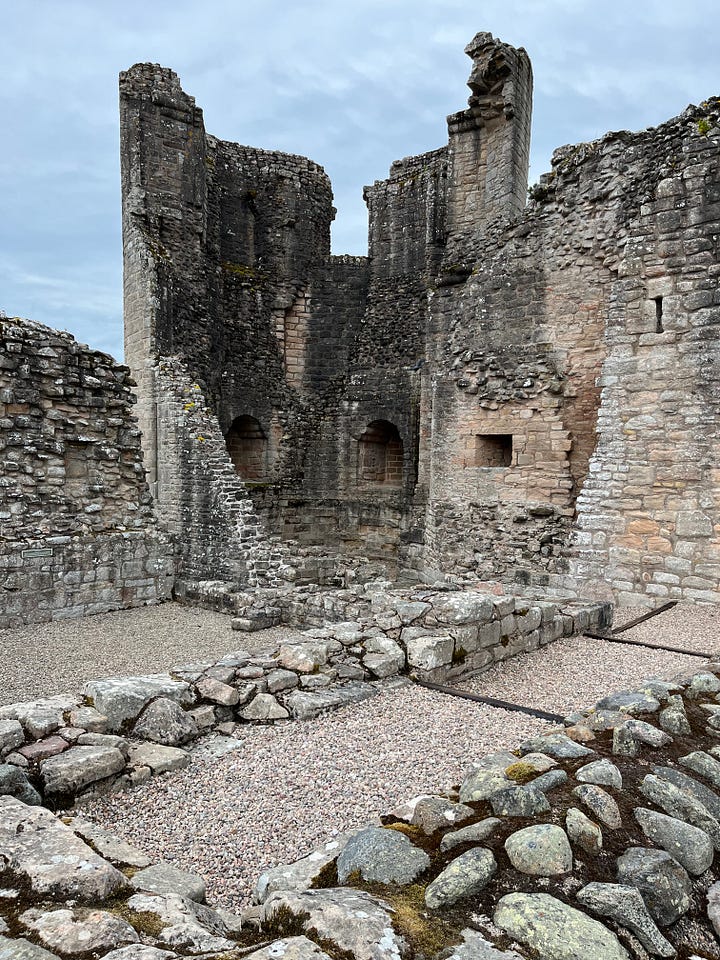

The group fled first to Kildrummy Castle, a stalwart northern fortress, before journeying further north after receiving news of an imminent attack by Anglo-Scottish forces under the Prince of Wales. Neil Bruce remained at Kildrummy, where he withstood a siege until the castle fell. He would be the first of Robert’s brothers to be killed, and was hanged, drawn, and quartered.
Elizabeth, Marjory, Mary, Christina, and Isabella were accompanied by John, Earl of Atholl, as they continued to flee north. It is likely that they hoped to reach the relative safety of the quasi-autonomous Orkney Islands, or perhaps to journey across the North Sea to Norway, where Robert’s sister, Isabel, was queen dowager. However, the group would never make it beyond Tain, located in Easter Ross.
The political refugees sought safety at the Chapel of St Duthus in Tain. Today, two ruined medieval chapels have survived in Tain, with either one potentially being the very chapel in which the Bruce women looked to for refuge. Whichever chapel ruin it was, this was a well-chosen spot by the group to flee to due to ‘the Girth of Tain’, an area of about 12 square miles which was under the protection of the Scottish Church and was thus a designated sanctuary. Tain, therefore, should have been a place of guaranteed safety for the Bruce women and Atholl.
This was not to be. Their sanctuary was violated by William, Earl of Ross, who captured the group while they sheltered at St Duthus’ Chapel, before handing them over to the English. The impact of this would be monumental for the captured group, as well as for Robert Bruce himself.

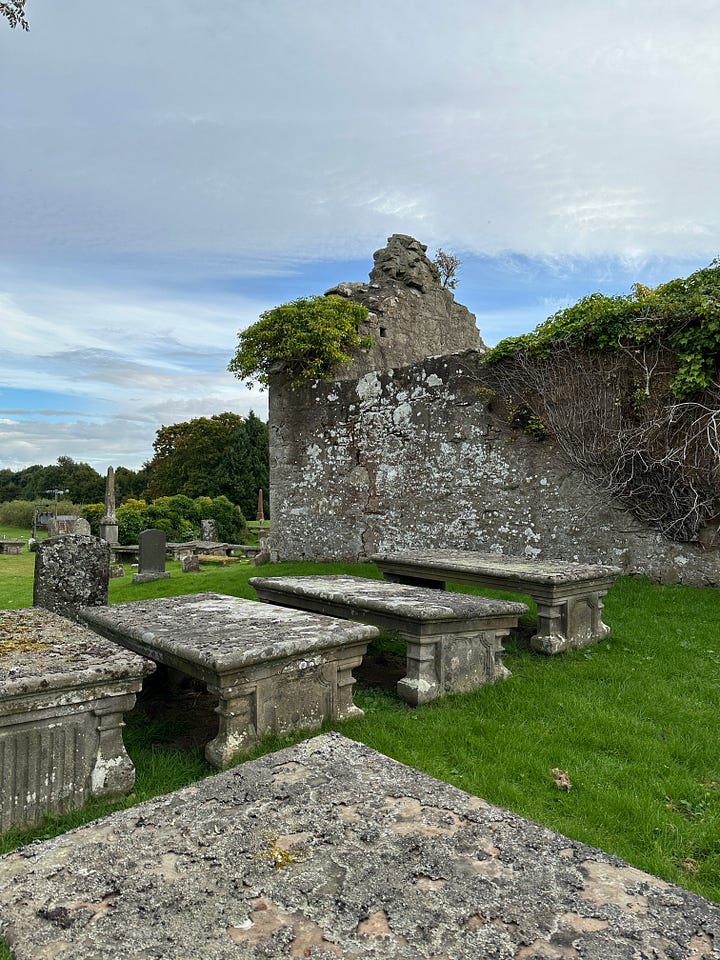
John, Earl of Atholl, was executed in London for his support of Robert Bruce and protection of the Bruce ladies, the first time an earl had been executed in England for 230 years. To mark the significance of this, the gallows where he would be hanged were constructed 30 feet higher than usual.
For the women, their capture in 1306 began a long period of imprisonment in England. Elizabeth would spend the following eight years in English captivity under house arrest, being regularly moved around different imprisonment locations all across England. I spent a lot of time researching Elizabeth’s experience as a prisoner, from the places she was held to the people she would have been in contact with. There is quite a strong paper trail of evidence for this, and it genuinely meant a lot to me to be able to understand more of what she went through, and to write about it in detail in my book.
Elizabeth was finally released from imprisonment in late 1314 in a prisoner exchange after Robert’s victory at the Battle of Bannockburn in June 1314. She was only seventeen when she was separated from her thirty-two-year-old husband and sentenced to perpetual captivity. Her return in 1314, now a twenty-five-year-old woman to a husband who she did not, by all intents and purposes, have a positive or familiar relationship with, must have been incredibly challenging. Especially so, when we consider that Robert had been facing increasing pressure to produce a male heir in a time where his legitimacy on the throne was challenged.
Despite a considerably rocky beginning to their marriage, Elizabeth and Robert did have four known children over the next decade. Their two daughters were Margaret and Matilda, and their twin sons were David and John, with John dying as an infant.
Unfortunately, we don’t have much evidence for Elizabeth’s activities as queen, but we can estimate her popularity as queen based on the reaction to her death and the legacy which she left behind. Elizabeth died suddenly on October 26th 1327, aged only around thirty-eight. The circumstances of her death are unclear, with some tales stating that a fall from her horse led to her passing. However, this tale is also associated with the death of Robert’s daughter, Marjory, and so it might be that sources have been confused.

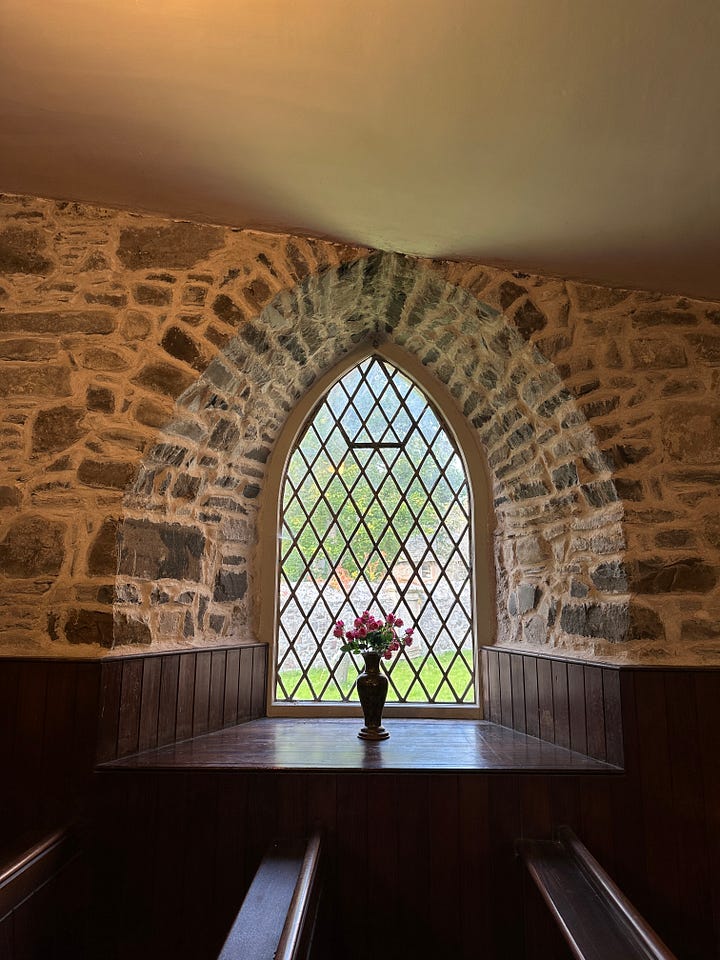
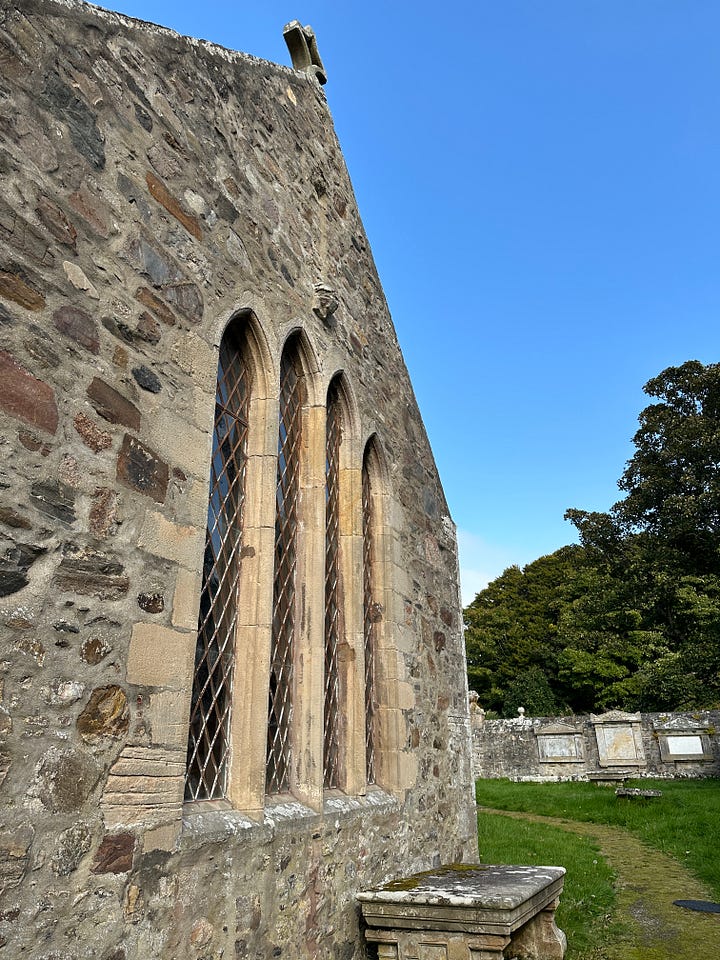

Elizabeth died at Cullen, a coastal settlement on the Moray Firth, where there was a royal residence and a pilgrimage site. Preparations for her funeral would have begun quickly, with her interment to be at the royal mausoleum of Dunfermline Abbey. The abbey was already the burial place of various kings and queens of Scotland prior to the end of the MacMalcolm dynasty in 1290, and Robert had been consciously building a royal relationship with Dunfermline to align himself with previous Scottish royalty. His own burial would take place here in 1329, as would those of many members of his family and key supporters of the Bruce crown.
Elizabeth’s body would have to make the long journey from Cullen to Dunfermline, a distance of approximately 120 miles. In order to ensure her safe and intact arrival, her body was prepared at Cullen through an embalming process and the removal of her internal organs. These entrails were then buried at Cullen Auld Kirk, a religious site that may have been of significance to her. The separate burial of the heart, entrails and body was a common practice during the fourteenth century, associating the deceased with different locations and thus garnering more intercessory prayer from visitors.
In an act of both thanks to the community of Cullen for so diligently caring for his queen’s body and in memory of his wife, Robert founded a chaplaincy at Cullen in 1328, dedicated to St Mary. The widowed king also made a perpetual endowment of five Scots pounds to this chaplaincy for prayers to be said for Elizabeth’s soul. Incredibly, this payment is still made today to the Auld Kirk at Cullen, confirmed and amended by Mary Queen of Scots in the sixteenth century and by Moray Council in 1975. Now at £2.10 per year, Robert’s payment is twinned with an annual memorial service for any losses in the local community held by the Auld Kirk in Elizabeth’s honour.
Nearly seven centuries have passed since Elizabeth de Burgh died, but her legacy is still felt today in beautiful Cullen.
If you’d like to know more about Elizabeth, you can preorder my book through my publisher, Waterstones, or by asking your local independent bookshop to order a copy for you.
Thank you for joining me for more Scottish history!
Speak soon,
Beth xx
Fancy more Scottish history?
Agnes Randolph and the Siege of Dunbar Castle

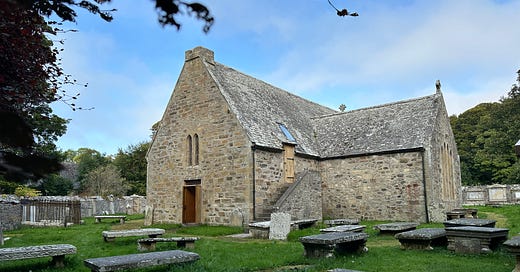



Thank you Beth for sharing the story of Elizabeth de Burgh. I have read about her only in fiction so it was interesting to learn a bit more about her life. It's sad that she has suffered the fate of many royal women of the medieval world - relative obscurity in the written records. It seems that she endured a lot and it's particularly striking that a payment initiated by her husband is still made today. Incredible! I can't wait to read more about her and her contemporaries in your upcoming book.
Always a delight—thanks for another great lesson in history!